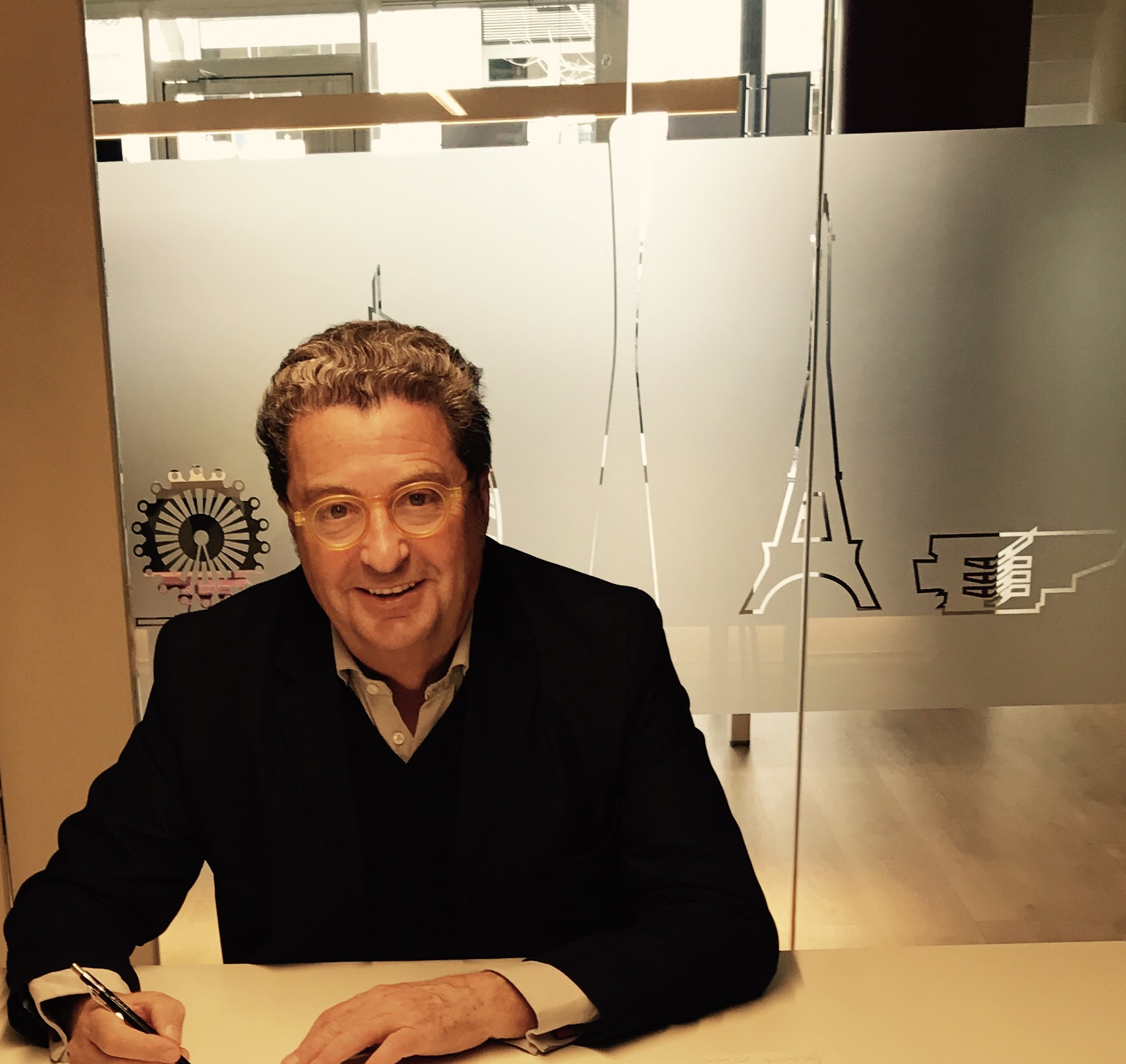Pep Feliu: "The soft elements in a home are a confort synonim"
Today we interview our interior design expert, Pep Feliu, to know about the soft elements proper use at home and how to adapt a house to everyone.
He begins by pointing out: 'before talking about soft elements we have to talk about soft materials. When we refer to soft materials, we mean those that offer very little resistance. This property is essential to my job because makes them more modelable. Soft elements are synonymous of comfort at home'.
Which are the soft elements in a home?
"The sofa, the carpet, the curtain, the pouf or the upholstery of chairs or walls among others. All these elements make the experience of being at home much more pleasant from a sensory point of view.
So, when a sofa is: soft, wide, deep and ergonomic helps to make us have healthier by preserves us from the cervical to the lumbar spine passing through the shoulder blades and the whole arm. Nor should it be forgotten that by using pillows, we avoid contractures.
The carpet, on the other hand, makes walking around the house more pleasant because it stimulates the touch but also isolates us from the cold that the ground transmits in autumn and winter.
The curtain protects our sight from too much sun and also preserves us from others' eyes.
The pouffe is the right choice to extend the leg without forcing the muscles and resting the joints and the sole of the foot and, finally, the upholstery denotes a refined aesthetic taste. I insist, the interior design, despite having an undeniable aesthetic part, seeks our comfort".
I understand the importance of interior design. However, do we really spend so much time at home?
'In the everyday rush it seems that beyond eating, sleeping and getting ready for work we don't spend much time at home. False! we are about 9h (8h of rest and 1.25h to the living room) hence the importance of the soft elements. In addition, 50% of the space in a home is dedicated to water and fire'.
Universal accessibility is important to Feliu. What design needs to be implemented to make life easier for everyone?
'Good point: It's not enough for me either to build a beautiful house: it has to be ready for everyone. I would like to correct myself on the subject of the carpet. I mentioned it as a thermal insulator and as being pleasant to the touch but a large one that doesn't crease easily also cushions the impact of a possible fall. Likewise, I recommend putting blocks on the chairs to reduce the friction of these with the floor and, therefore, the noise that the neighbors can suffer.
Now I will list measures for people with functional diversity, I will call the following by room:
Everyone should be able to wash and cook their own food.
Passage areas :
They must have from the promotion widths of door 90 cm.
Bathroom:
The bathrooms should have a diameter of 120 cm, access to showers and the washbasin, enough space to move a wheelchair to the wc has to be enough for any complete turn. The height from the spike must be 110 cm. All this without forgetting: lifting platforms, chairs and stainless steel bars facilities to improve the actions of: making transfers by the person wo eventually care of them and to make showering easier
Kitchen:
'When you enter the kitchen in a wheelchair you will find: excessive heights, immobile furniture and an inaccessible and dangerous fire zone. I am in favour, and I am not the only one, 1. of betting on glass-ceramics and 2. that the furniture can be moved by a click as some of the devices on the market facilitate. By making this we eliminate at once three problems: impossibility to cook, excessive heights and difficulties to catch a wardrobe shooter. At a specific level, the adequate height for a kitchen table is 75 cm, it is also necessary to separate the refrigerator from the freezer to favour the movements dissociation . Finally, I recommend that there is enough space between furniture so that the person can manoeuvre and extend their legs properly. Only by applying these tips will help the person in the chair gain a lot of autonomy".
And he concludes: 'Honestly, as an interior designer, making a beautiful design is what I'm most used to do. However, my experience has taught me that the priority is to listen to the specific user. needs... we have to believe that beauty and universal design are compatible'. .
As always it has been a comprehensive text that sure will be useful for our readers: thank you.
